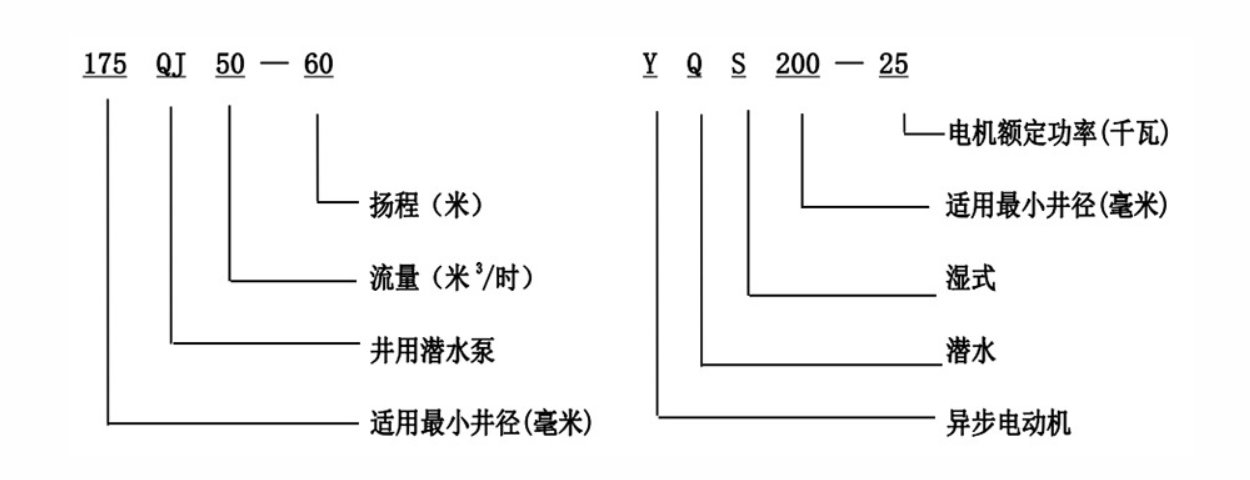Oct . 22, 2024 11:51 Back to list
Comparison of Submersible Pumps and Jet Pumps for Optimal Performance
Submersible Pump vs Jet Pump Which One is Right for You?
When it comes to selecting a water pump for residential, agricultural, or industrial applications, two popular choices often come to mind submersible pumps and jet pumps. Each has its own unique functionality, advantages, and disadvantages that make them suitable for different scenarios. This article will delve into the characteristics of both types, helping you make an informed decision.
Submersible Pumps
A submersible pump is designed to be submerged underwater. As the name suggests, these pumps operate by being fully immersed in the liquid they’re meant to pump, which typically includes water from wells, cisterns, and cisterns. They have a hermetically sealed motor which prevents them from coming into contact with air and thus helps in reducing the risk of corrosion.
Advantages of Submersible Pumps 1. Efficiency Submersible pumps are known for their efficiency in moving water. They can push water to greater heights without losing pressure. 2. Less Noise Being submerged, these pumps operate quietly, which can be a significant advantage for residential settings. 3. Space-Saving Because they can be placed underwater, submersible pumps require less surface space and don’t have bulky installations above ground. 4. Self-Priming These pumps do not require manual priming, reducing the need for additional maintenance.
Disadvantages of Submersible Pumps 1. Higher Cost Typically, submersible pumps tend to be more expensive upfront due to their complex design and construction. 2. Difficult Installation and Repair Installing a submersible pump usually requires professional help, and if they fail, the entire unit often has to be removed for repairs.
Jet Pumps
submersible pump vs jet pump

Jet pumps, on the other hand, are typically installed above ground and use suction to draw water up from a well. They rely on a mechanical jet system that creates a vacuum, allowing the water to flow into the pump before being pushed out through pipes. Jet pumps can be either shallow well pumps, effective for depths up to 25 feet, or deep well pumps, designed for greater depths.
Advantages of Jet Pumps 1. Lower Initial Cost Jet pumps are usually less expensive to purchase than submersible pumps, making them a budget-friendly option. 2. Easier to Maintain Since jet pumps are located above ground, they are much easier to access for routine maintenance and repairs. 3. Versatile Jet pumps can be used for shallow and deep well applications, providing flexibility depending on the water source.
Disadvantages of Jet Pumps 1. Limited Efficiency Jet pumps can struggle to maintain high pressure for deep wells, as they are less efficient than submersible pumps in moving water. 2. Noise Levels These pumps can be noisier since their operation takes place above ground.
Conclusion Choosing the Right Pump
The choice between a submersible pump and a jet pump largely depends on your specific needs, the depth of your water source, and your budget. If you need a highly efficient pump capable of handling greater depths and are willing to invest more upfront, a submersible pump might be the best choice. However, if you are looking for a more economical option that is easier to access and maintain, a jet pump could be ideal.
In summary, both submersible pumps and jet pumps have their unique benefits and drawbacks. Assessing your requirements carefully and considering factors such as depth, power, and budget will guide you to the right decision for your water pumping needs.
-
Submersible Water Pump: The Efficient 'Power Pioneer' of the Underwater World
NewsJul.01,2025
-
Submersible Pond Pump: The Hidden Guardian of Water Landscape Ecology
NewsJul.01,2025
-
Stainless Well Pump: A Reliable and Durable Pumping Main Force
NewsJul.01,2025
-
Stainless Steel Submersible Pump: An Efficient and Versatile Tool for Underwater Operations
NewsJul.01,2025
-
Deep Well Submersible Pump: An Efficient 'Sucker' of Groundwater Sources
NewsJul.01,2025
-
Deep Water Well Pump: An Efficient 'Sucker' of Groundwater Sources
NewsJul.01,2025
-
 Submersible Water Pump: The Efficient 'Power Pioneer' of the Underwater WorldIn the field of hydraulic equipment, the Submersible Water Pump has become the core equipment for underwater operations and water resource transportation due to its unique design and excellent performance.Detail
Submersible Water Pump: The Efficient 'Power Pioneer' of the Underwater WorldIn the field of hydraulic equipment, the Submersible Water Pump has become the core equipment for underwater operations and water resource transportation due to its unique design and excellent performance.Detail -
 Submersible Pond Pump: The Hidden Guardian of Water Landscape EcologyIn courtyard landscapes, ecological ponds, and even small-scale water conservancy projects, there is a silent yet indispensable equipment - the Submersible Pond Pump.Detail
Submersible Pond Pump: The Hidden Guardian of Water Landscape EcologyIn courtyard landscapes, ecological ponds, and even small-scale water conservancy projects, there is a silent yet indispensable equipment - the Submersible Pond Pump.Detail -
 Stainless Well Pump: A Reliable and Durable Pumping Main ForceIn the field of water resource transportation, Stainless Well Pump has become the core equipment for various pumping scenarios with its excellent performance and reliable quality.Detail
Stainless Well Pump: A Reliable and Durable Pumping Main ForceIn the field of water resource transportation, Stainless Well Pump has become the core equipment for various pumping scenarios with its excellent performance and reliable quality.Detail
